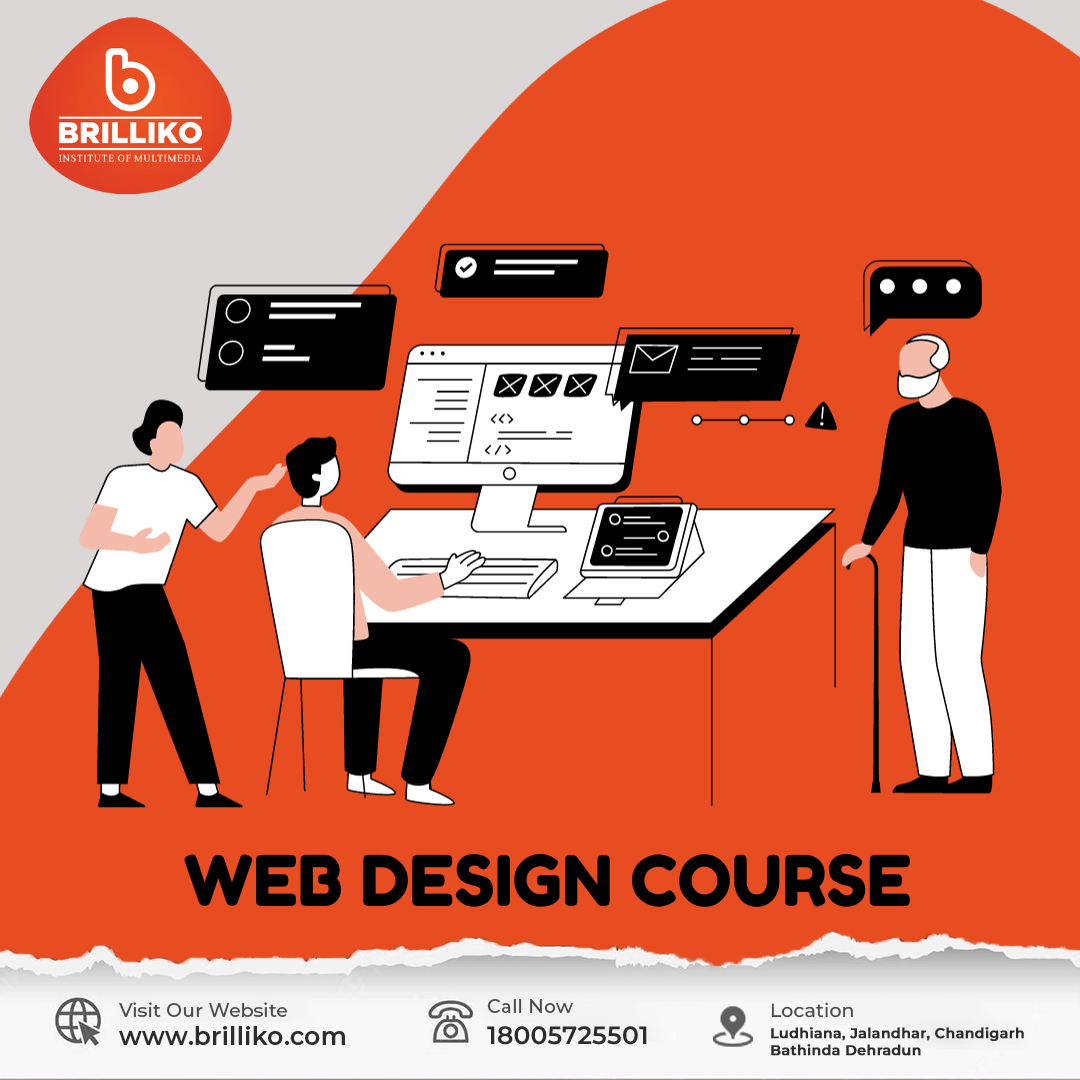The comprehensive guide “10 Essential Principles for Seamless Web Designs: A Comprehensive Guide” provides a methodical approach to designing websites that are not only aesthetically pleasing but also useful and easy to navigate. By using these design concepts, you can improve the user experience on your website and make sure it stands out from the competition in the congested online market. Let’s examine each principle in more detail and see how to use it in practice.
Table of Contents

Designing with responsiveness:
We cannot compromise on responsive design in today’s mobile-first society. To guarantee that consumers have a consistent experience on your website, it must effortlessly adjust to various screen sizes and devices. To make your design responsive, use CSS media queries and flexible layouts, and make sure it works on a variety of devices by testing it frequently.
Sense-Based Navigation:
Visitors should have no trouble navigating your website and locating the information they require. Create intuitive navigation menus that efficiently lead users by utilizing well-known patterns and conventions. Organize material using logical grouping and hierarchy to make it simple for users to find pertinent pages or parts.

Simplifying:
In web designs, less is frequently more. Accept simplicity by getting rid of unnecessary things and concentrating on what matters most. Make good use of white space to highlight important information and provide breathing room. Reduce the complexity of your design aesthetic by using simple layouts and muted color schemes that improve readability and attractiveness.
Continuity:
Maintaining consistency strengthens brand identity and fosters familiarity. Ensure that every part of your website, from the font and color schemes to the navigational patterns and interactive features, is visually and functionally consistent. Consistency between pages and sections can be ensured by establishing design patterns and following style rules.

Quick Loading Speeds:
Instant satisfaction is what users anticipate in today’s fast-paced digital environment. Reduce file sizes, make use of browser cache, and optimize video and photos to make your website load faster. Employ performance-enhancing technologies such as Google PageSpeed Insights to locate bottlenecks and apply adjustments for quicker loading speeds.
Availability:
Any user should be able to visit and use your website, regardless of their level of ability. Adhere to best practices for accessibility, which include adding keyboard navigation support, making sure that HTML markup is correct, and offering alternative text for images. To find and fix any obstacles preventing users with impairments from accessing the website, conduct frequent accessibility audits.

Graphical Structure:
Using visual hierarchy, efficiently direct users’ attention and prioritize material. Employ typeface, contrast, color, and size to draw attention to key details and create a logical reading order. Use layout strategies such as the F-pattern and Z-pattern to match the visual hierarchy to the natural scanning habits of your consumers.
User-focused design
Consider the user at every level of the design process. To learn about the needs, preferences, and pain points of your target audience, conduct user research. To guarantee that your website resonates with your target demographic and to drive design decisions, create user personas and path maps.

Unambiguous Calls to Action (CTAs):
Make sure your calls-to-action (CTAs) are clear and appealing to increase user engagement and conversions. For example, you can use visually distinct buttons and clear wording to encourage users to take desired activities, like purchasing something, subscribing to a newsletter, or getting in touch with your company. To get the most visibility and impact from your CTAs, strategically place them inside your content.
Iteration with A/B testing:
Sustaining a successful website requires constant improvement. To try out various layouts, content variations, and design features, conduct A/B testing. To find areas for improvement, examine user input and performance indicators. Then, iterate your design based on insights from data analysis.

Web Designs:
You can build smooth, user-centric experiences that make an impression on your audience long after you’ve finished designing your website by including these ten concepts into your workflow. Brilliko Institute of Multimedia provides best web designs services. Recall that optimizing and refining a website is a continuous process, so continue studying, be inquisitive, and adjust to new trends and technologies. Prioritizing usability, accessibility, and aesthetic appeal will help you create websites that are not only visually stunning but also offer users outstanding value.




